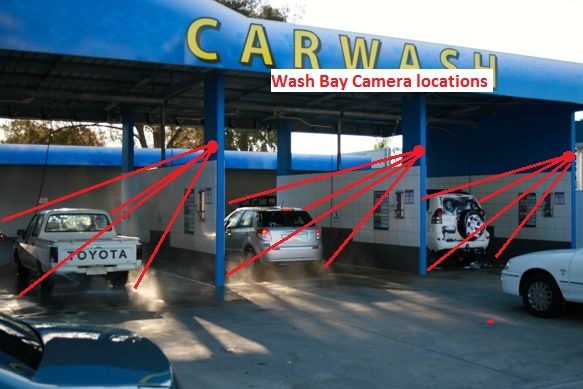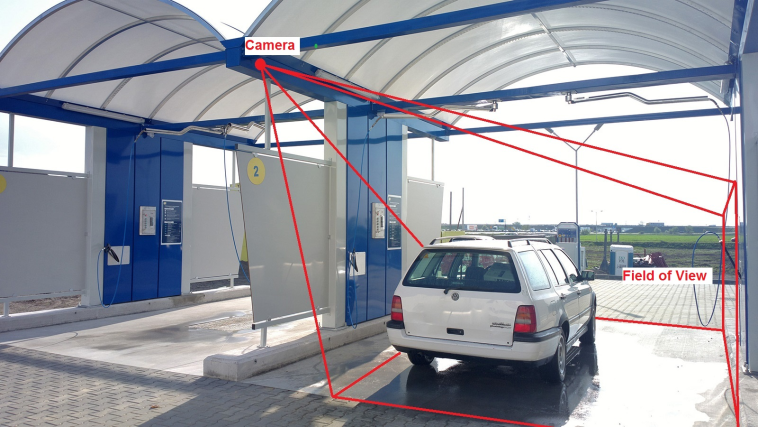Self Serve Car Wash - System Design

Vandalism occurs at car washes at much higher rates than other retail businesses. This is likely due to few car washes having onsite attendants. Any damage to the car wash or equipment is likely to be discovered long after it occurred. The success of identifying the vandals is dramatically increased with a video surveillance system. An effective system, by design, captures the license plates of vehicles and has HD clarity for facial identification. Deterrence is another factor. It’s a proven fact that facilities with visible video surveillance are much less likely to experience vandalism. It is generally recommended to post signs letting customers know that there is active video recording on-site.

Car washes do have some challenges when designing and effective system. First, the video recorder must have a secure location protected from moisture and temperature extremes. The most common location for the recorder is in the equipment room. Usually centered in the facility, this room provides a clean and dry environment for the video recorder or NVR (network video recorder). Most applications are “stand alone” meaning they do not have a broad band internet connection to support the remote viewing features built into the video recorder. But if the facility does have an internet connection, the remote viewing features can be turned on to support internet and smart phone access.
The construction of most carwash facilities do not allow cabling to be installed in the same methods as most businesses. Often the cabling must be secured in conduit or some form of outdoor wire raceway. This protects the cabling from the harsh environment and vandalism.
The cameras housing should be carefully selected. Usually environmentally sealed vandal resistant dome cameras are preferred. They are not affected by continuous temperature extremes and they are designed for prolonged use in moist environments. A camera with a PI66 or IP67 rating ensures the camera can handle the extreme environment long term. Vandal domes are preferred when the public may have access to them. They can take a direct impact from a tire iron or rocks and they do not provide the ability to pull them off the wall or ceiling. This is a concern and a weakness with bullet style cameras located within the reach of the public.
Cameras should be positioned to cover the entire perimeter of the property. This is achieved by mounting cameras on the corners of the building and walls. Then cameras should be placed periodically with respect to the lens that is being used. The vacuum stations and vehicle entry points should be covered as well. It is always a good idea to have multiple viewing angles of the same area.

Select a camera with a wide-angle lens such as 3.6mm. This will provide the maximum horizontal coverage for each camera, but be careful! Position the cameras at no more than 40-50 foot intervals. This will provide wide angle views but still enough detail to clearly identify people and plates. For distances over 50 feet, we highly encourage you to select a camera with an adjustable zoom lens. You will need to adjust the cameras viewing distances past 50 feet.
Each wash bay should have one camera installed in a corner. Since many states do not require a front license plate on vehicles, we advise you consider the flow of traffic and locate the cameras so they capture the rear of the vehicle as it enters and leaves the wash bay. Since most wash bays are no more than 30-40 feet long, a wide angle 3.6 mm lens will provide all the detail needed to identify people and capture plates. Generally, 10-12 feet is the best height for field of view and protection from tampering.


The total number of days the system stores recorded video is a function of the number of cameras and the size of the hard drive. We also recommend using the motion activated recording feature. This can increase the total days of stored video by 50-100%.
How motion recording works: The cameras are always streaming the video to the recorder. The recorder monitors the pixels of each camera and can identify movement. The system, because it is always buffering the video, can then add the 10 seconds of video prior to the movement detection into the video clip, so no part of the activity is missed. Each camera can be set up to record continuously, or on motion using automatic schedules.

